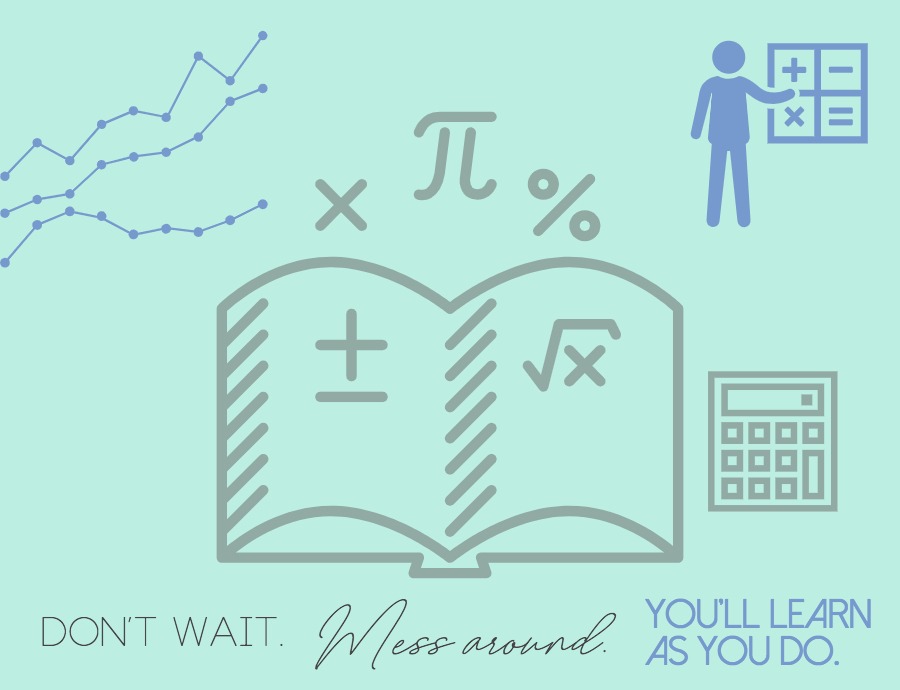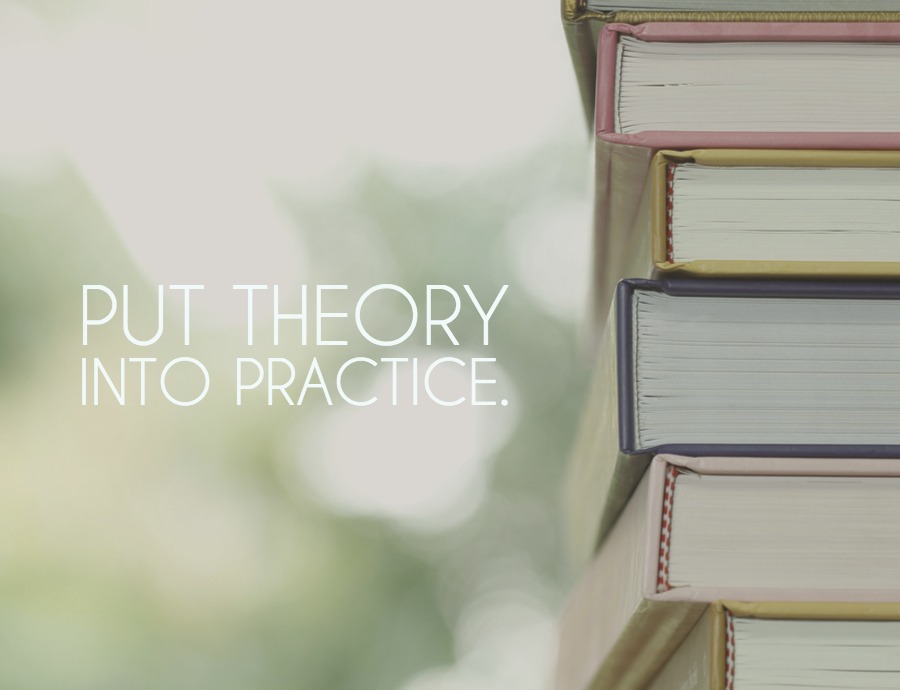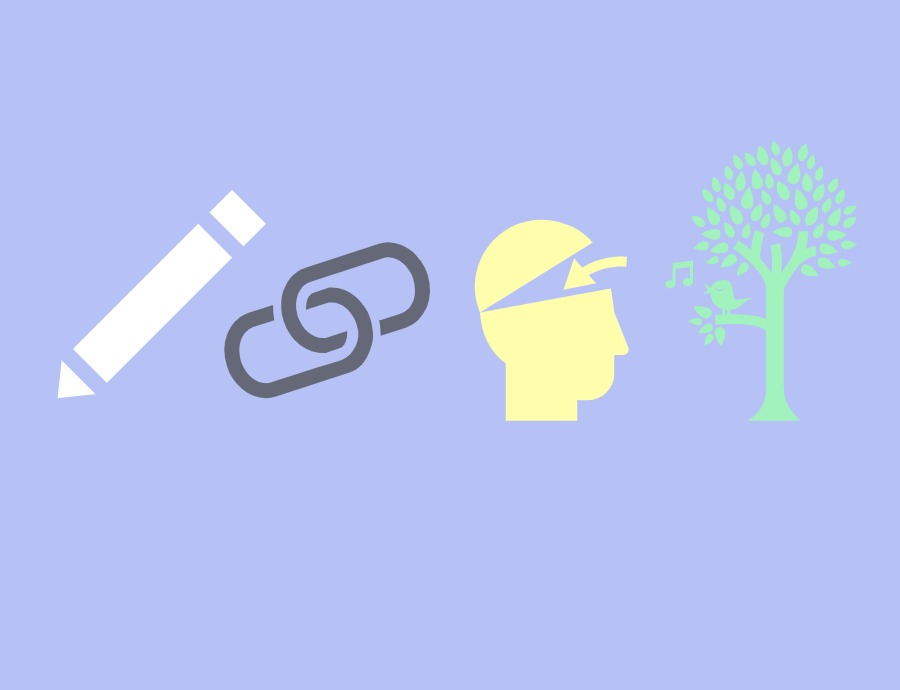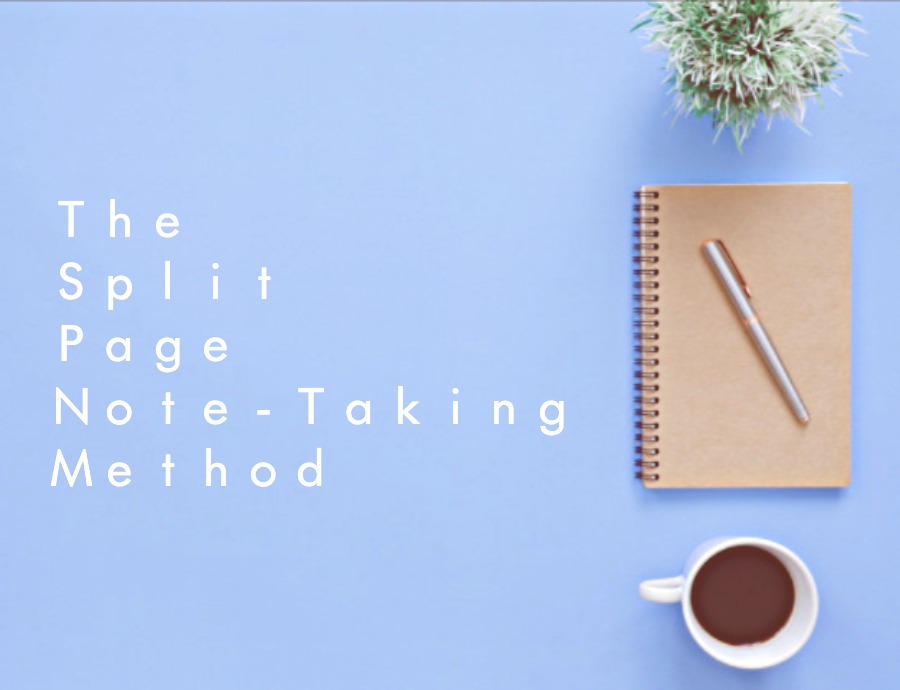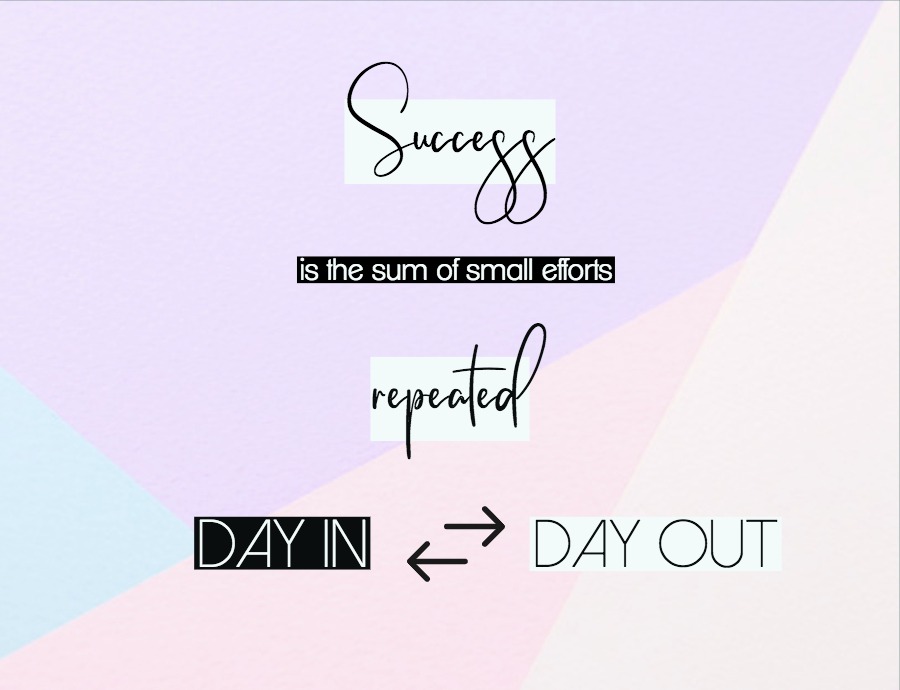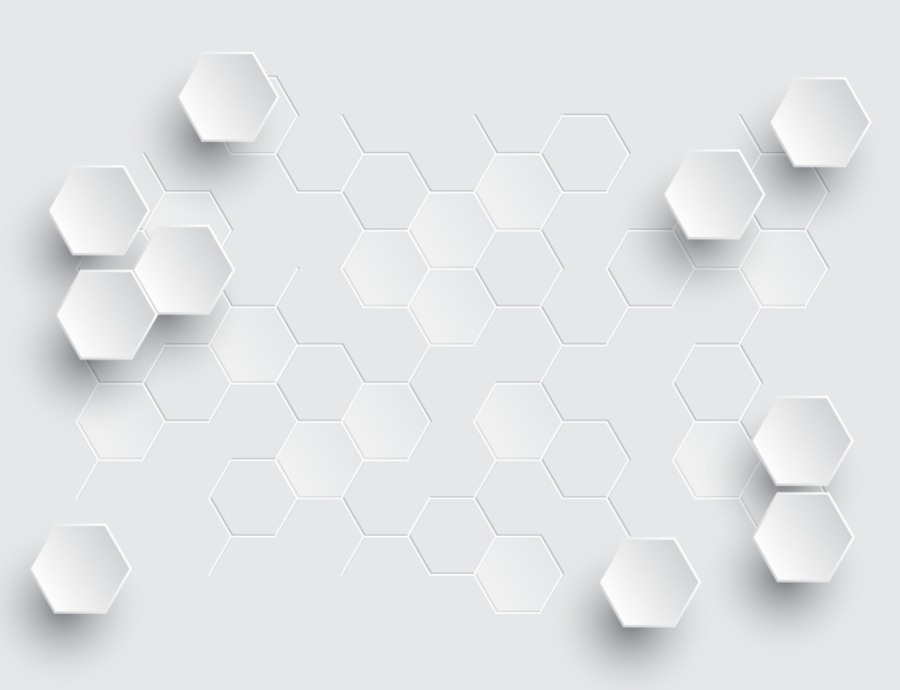Math courses can be daunting at the best of times, but now you’re in university, and the textbook can seem like a primer in a different language. Yet, you need to figure all this stuff out. The good news is that it’s not as tough as it looks. You just need to ditch the faulty assumptions, and get the right start.
One common faulty assumption: going to lectures and reading the textbook is enough. It’s easy to trick yourself into thinking that you understand the material without ever having tried to solve a problem. In math (and in many other technical subjects), you’ll gain understanding by working through questions.
Another common faulty assumption: you need to understand it completely before you try it. It’s equally easy to trick yourself into thinking you’ll never master the subject, and so you never try for yourself. The best way to learn is to do, and to be willing to mess around and make loads of mistakes (ideally before tests and quizzes).
A new way of working: learning math is kinetic. Don’t wait. Mess around. You’ll learn as you do, as you play around and try the problem sets. If you feel completely overwhelmed, then just copy down the solved problems from the textbooks and lectures. As you copy, you’ll start to understand, and soon you’ll be willing (and eager) to take off the training wheels and try the problems by yourself. As you work through examples, you’ll gradually understand the concepts and theories.
Here’s how to do it.
The best way to learn math is to practice doing it. You need to be willing to try, to make mistakes, and to ask good questions. Don’t forget to look at all possible problem solutions, from all sorts of perspectives, so talk to classmates, TAs, and professors.
One common faulty assumption: going to lectures and reading the textbook is enough. It’s easy to trick yourself into thinking that you understand the material without ever having tried to solve a problem. In math (and in many other technical subjects), you’ll gain understanding by working through questions.
Another common faulty assumption: you need to understand it completely before you try it. It’s equally easy to trick yourself into thinking you’ll never master the subject, and so you never try for yourself. The best way to learn is to do, and to be willing to mess around and make loads of mistakes (ideally before tests and quizzes).
A new way of working: learning math is kinetic. Don’t wait. Mess around. You’ll learn as you do, as you play around and try the problem sets. If you feel completely overwhelmed, then just copy down the solved problems from the textbooks and lectures. As you copy, you’ll start to understand, and soon you’ll be willing (and eager) to take off the training wheels and try the problems by yourself. As you work through examples, you’ll gradually understand the concepts and theories.
Here’s how to do it.
- Start by copying problem solutions. Go to your class notes and textbook, and find questions that have been solved for you. The first step is to copy them out. Don’t just copy them passively, however. Ask yourself whether each step makes sense, and write questions in the margin of your notebook if they don’t. Don’t just write question marks. Write complete questions.
- Answer your own questions as you move forward. As you go through solution after solution, the answers to most of your questions will become apparent. Answer your own questions in the margins. That way, you’ll have the notes in case you forget. You’ll be less likely to forget, however, because you’ll have written them down. You’ll also feel brilliant. This is more important than it sounds.
- Get the remaining questions answered. You can ask classmates, TAs, and even professors. The specificity of the questions, and the obvious effort that you took to work them out on your own, will make everyone happy to help, and will make you look like the best possible student.
- Once you’ve copied a ton of questions with solutions, try them on your own. Now, it’s time to cover up the solutions in all those textbook problems you’ve been working on. You can do it easily with a piece of paper. Since you’ve already run through the questions, they won’t be as hard to solve as they might have seemed at first.
- Finally, mess around with new problems, without looking at solutions first. You may get nowhere. You might just end up with pages of mess. But it’s important to get used to the language, the terminology, and how to manipulate it. Go as far as you can, and then ask for help.
The best way to learn math is to practice doing it. You need to be willing to try, to make mistakes, and to ask good questions. Don’t forget to look at all possible problem solutions, from all sorts of perspectives, so talk to classmates, TAs, and professors.

